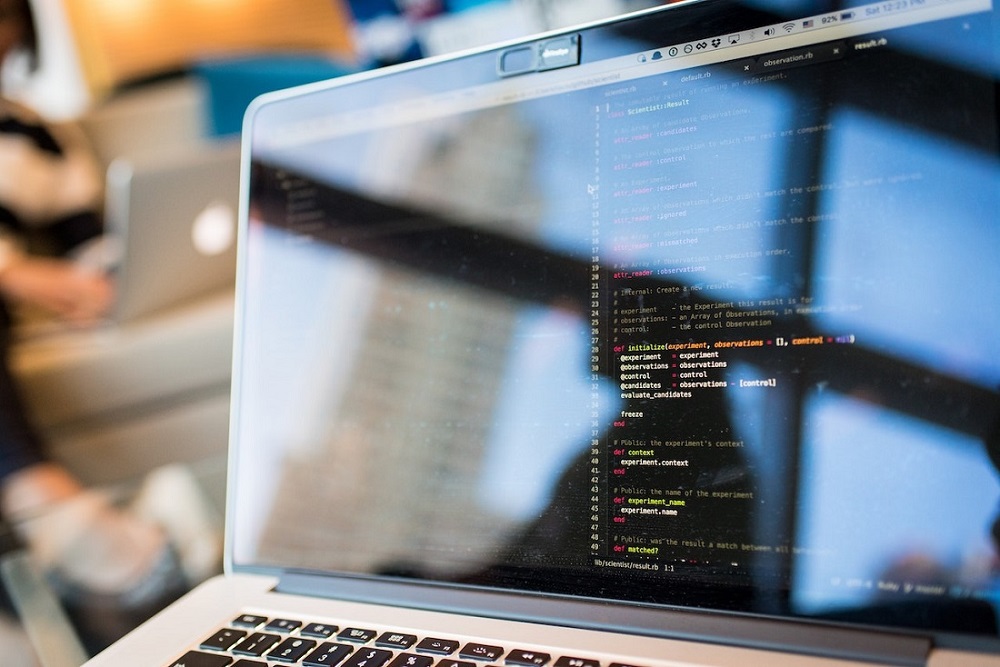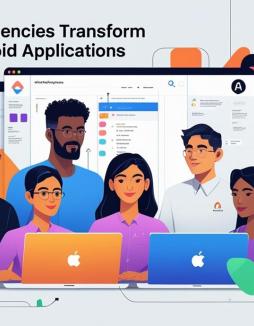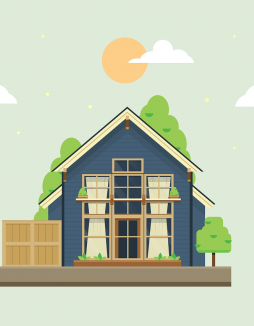Navigating the World of Flutter Development: A Comprehensive Guide
Welcome to the world of Flutter development, where we'll take you on a journey through the ins and outs of building mobile applications. Whether you're a newcomer or a seasoned developer looking to explore new horizons, this comprehensive guide is your compass. Flutter, a powerful framework from Google, has democratized app creation, making it accessible to everyone. In this guide, we'll break down the essential concepts and tools, providing you with a clear path to creating stunning mobile apps that work seamlessly across different platforms. So, let's embark on this adventure together and navigate the exciting world of Flutter development!
Understanding the Flutter Framework
Flutter, at its core, is an open-source UI software development toolkit created by Google. It's designed to simplify the process of building natively compiled applications for mobile, web, and desktop from a single codebase. Here are some key aspects to grasp about the Flutter framework:
-
Widgets Galore:
Flutter revolves around widgets, which are the building blocks of the user interface. Everything in a Flutter app is a widget, from buttons and text to entire screens. This widget-based architecture streamlines UI development.
-
Hot Reload Magic:
One of Flutter's standout features is its "hot reload" capability. It allows developers to instantly see the effects of code changes without restarting the app, making the development process incredibly efficient.
-
Cross-Platform Prowess:
Flutter offers the advantage of writing code once and running it on multiple platforms, be it iOS, Android, web browsers, or even desktop operating systems like Windows and macOS.
-
Dart Programming Language:
Flutter employs Dart as its programming language, known for its simplicity and strong typing. While it might be new to some, it's easy to pick up and offers great performance.
-
Rich Ecosystem:
Flutter boasts a rich ecosystem of packages and plugins that extend its functionality. This ecosystem, coupled with a growing community, ensures you have the tools and support needed to create versatile and feature-rich applications.
Creating Your First Flutter App
Embarking on your Flutter journey is an exhilarating experience, and building your first app is the initial milestone. Here's a brief overview of the process:
-
Setting up the Environment:
Begin by installing Flutter and Dart, the programming language used for Flutter development. Ensure you have an integrated development environment (IDE) like Visual Studio Code or Android Studio with Flutter plugins installed.
-
Creating the Project:
Use the ‘flutter create’ command to set up a new project. This command generates the necessary files and folder structure for your app.
-
Designing the User Interface (UI):
Flutter makes UI development a breeze with its widget-based system. Customize your app's appearance by arranging and styling widgets as per your design.
-
Adding Functionality:
Implement the app's functionality by writing Dart code to respond to user interactions, handle data, and perform other tasks. Utilize Flutter's vast library of packages to expedite development.
-
Testing and Debugging:
Regularly test your app on different devices and emulators to ensure it functions as expected. Flutter's hot reload feature simplifies debugging and refinement, allowing you to see changes instantly as you make them.
By following these steps, you'll be well on your way to creating your first Flutter app, gaining hands-on experience in this versatile framework.
Real-world Flutter Development Examples
Exploring real-world Flutter development examples is an excellent way to gain practical insights into this versatile framework. Here are some instances where Flutter shines:
Square's Cash App:
The popular fintech app Cash App, developed by Square, uses Flutter to deliver a seamless and consistent user experience across iOS and Android devices. Flutter's cross-platform capabilities streamline development, enabling rapid updates and feature additions.
Alibaba's Xianyu:
Xianyu, a leading online marketplace in China, utilizes Flutter to power its e-commerce app. Flutter's ability to create custom, interactive interfaces contributes to the app's success in providing a visually engaging shopping environment.
Tencent's Doctorwork:
Doctorwork, a healthcare platform, employs Flutter for its patient and doctor apps. The framework's performance and flexibility are crucial in facilitating telemedicine consultations and health record management.
TikTok (Douyin):
TikTok, known as Douyin in China, uses Flutter for its user interface on both iOS and Android platforms. Flutter's capabilities support the app's real-time video streaming and interactive features.
Airbnb's Stay Wonderful:
Stay Wanderful, an app by Airbnb, benefits from Flutter's capabilities to create a dynamic and user-friendly travel booking experience. Flutter's integration with maps and location services enhances the app's functionality for travelers.
These specific examples showcase how prominent companies leverage Flutter's strengths to build successful applications in various industries.
Future Trends and Evolving Flutter Development
The world of Flutter development is dynamic and continually evolving, driven by technological advancements and changing user preferences. Here are some key trends and areas of evolution to watch for in the future of Flutter development:
-
Desktop and Web Expansion:
Flutter's multi-platform capabilities are expected to expand further, making it a go-to choice for desktop and web application development. Developers can anticipate more robust support and tools for these platforms.
-
Enhanced UI Customization:
Flutter will likely continue to empower developers with even more tools for creating highly customized and visually appealing user interfaces. This trend will enable the development of unique and brand-specific app designs.
-
Integration with AI and ML:
AI is artificial intelligence - programs that learn. ML is machine learning - how AI learns. Apps now use AI and ML to be smarter. But adding them can be hard. Flutter will make it easier to put AI and ML in apps. This means faster and smarter apps!
-
Cross-platform AR/VR:
Flutter may work with AR and VR apps. AR is augmented reality. It adds digital things to the real world, like overlays on phone screens. VR is virtual reality. It creates digital worlds you can explore with headsets. AR and VR are big new technologies. But making apps for them is hard now. Flutter could make it easier. Developers could use Flutter to build AR and VR apps. The apps would work on many devices. This would open up exciting possibilities with AR and VR! More developers could build cool immersive experiences.
-
Increased Focus on Performance:
Flutter apps should run faster and smoother. Flutter already makes apps that are fast and responsive. But as apps grow bigger, performance gets harder. The Flutter team will keep working on this. They want to make sure Flutter apps stay speedy. Even large, complex apps should work well. Smooth performance matters for a good user experience. So Flutter will keep improving to build and run apps fast. Users can enjoy responsive apps that don't lag!
-
IoT and Wearables:
Flutter may work better for IoT and wearables. IoT means connecting things to the internet, like smart home devices. Wearables are small electronics you wear, like smartwatches. Making apps for them can be hard. Flutter could make it easier to build apps that connect IoT devices and wearables. This would enable new experiences.
-
Community and Ecosystem Growth:
The Flutter community will continue to expand, fostering collaboration and the development of more open-source packages and plugins, enriching the Flutter ecosystem.
As Flutter improves, it will be able to do more things. Developers should pay attention to new Flutter features. That way they can use Flutter to make the most advanced apps possible. The apps can be for both iPhones and Android phones. Businesses should also keep an eye on what Flutter can do. Then they can use it to build top modern apps and stay ahead. By staying up-to-date on Flutter, developers and businesses can take full advantage of making great cross-platform apps
Conclusion
Flutter is a big deal in app development today. It lets developers easily make apps for iOS and Android from the same code. Flutter apps look beautiful and work well. Building apps with Flutter is fast compared to other tools. These things make Flutter very popular.
In this guide, we learned the basics of using Flutter. We saw how to make real app examples. And we looked at future Flutter features. There are so many possibilities with Flutter!
Flutter helps developers make powerful apps faster than ever. It works for mobile, web, and desktop apps. As Flutter keeps improving, it will become even more useful. Flutter is changing app development in exciting ways. Its potential to create amazing apps is limitless!













